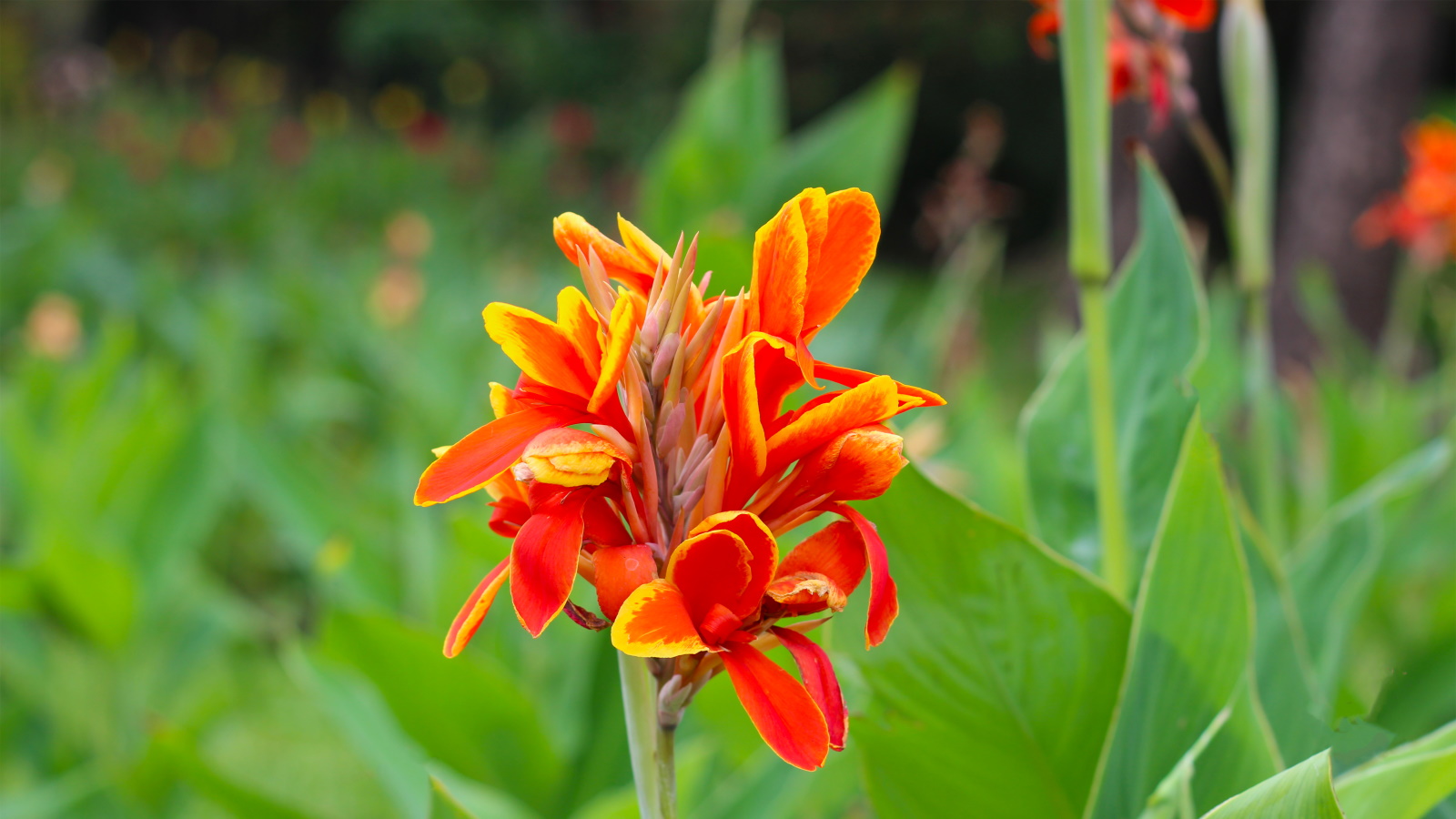
As summer rolls on, the garden reaches a vibrant and colorful peak in July. Perennials, annuals and shrubs produce masses of blooms and new foliage this month, and your garden borders will feel full and bountiful.
In July, we will typically see some of the warmest days and nights, and while there is still garden work to be done, it is a good time to stop, slow down, and admire your hard work. As a gardener myself, I find that by July, there is little digging or planting left to be done. As the mercury rises, taking your foot off the gardening pedal is sensible, allowing for a calmer month to enjoy your home-grown crops and flowers.
While watering will be at the top of your summer gardening checklist, another easy gardening job for this month is fertilizing. There are many plants to fertilize in July, and this quick task will ensure that your yard remains in good health and will last as long as possible through summer into fall.
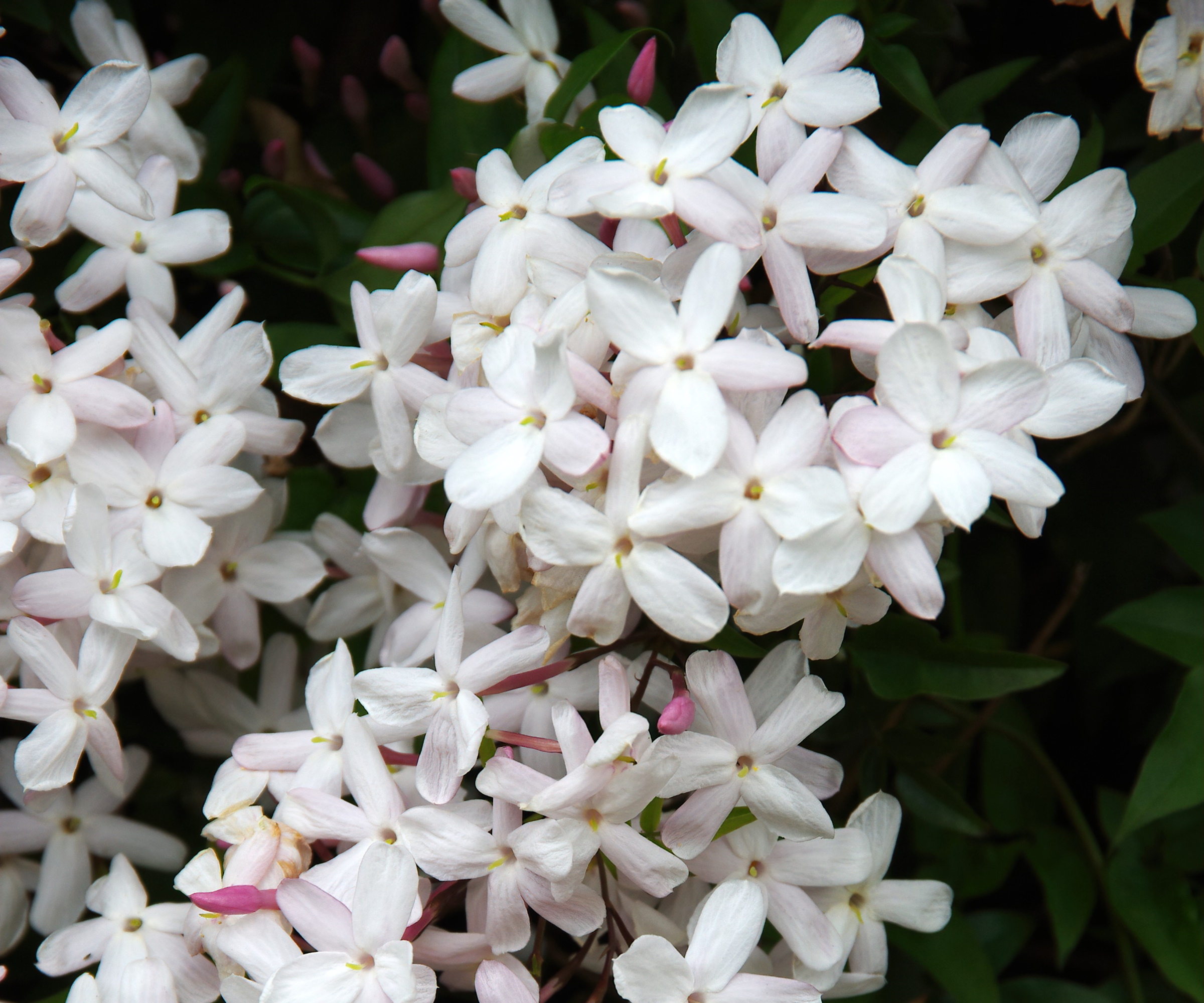
Plants to fertilize in July
Fertilizing your borders and containers during the growing season is vital to maintaining healthy plants. Feeding foliage plants, like ferns and hostas, with a fertilizer high in nitrogen will help them produce plenty of new leaves in the final months of summer. In addition, feeding fruiting and flowering plants with a feed high in potassium will prolong the bloom period.
While a common fertilizing mistake is feeding plants that it is not necessary to feed, many hungry plants can benefit from fertilizer this month.
1. Clematis
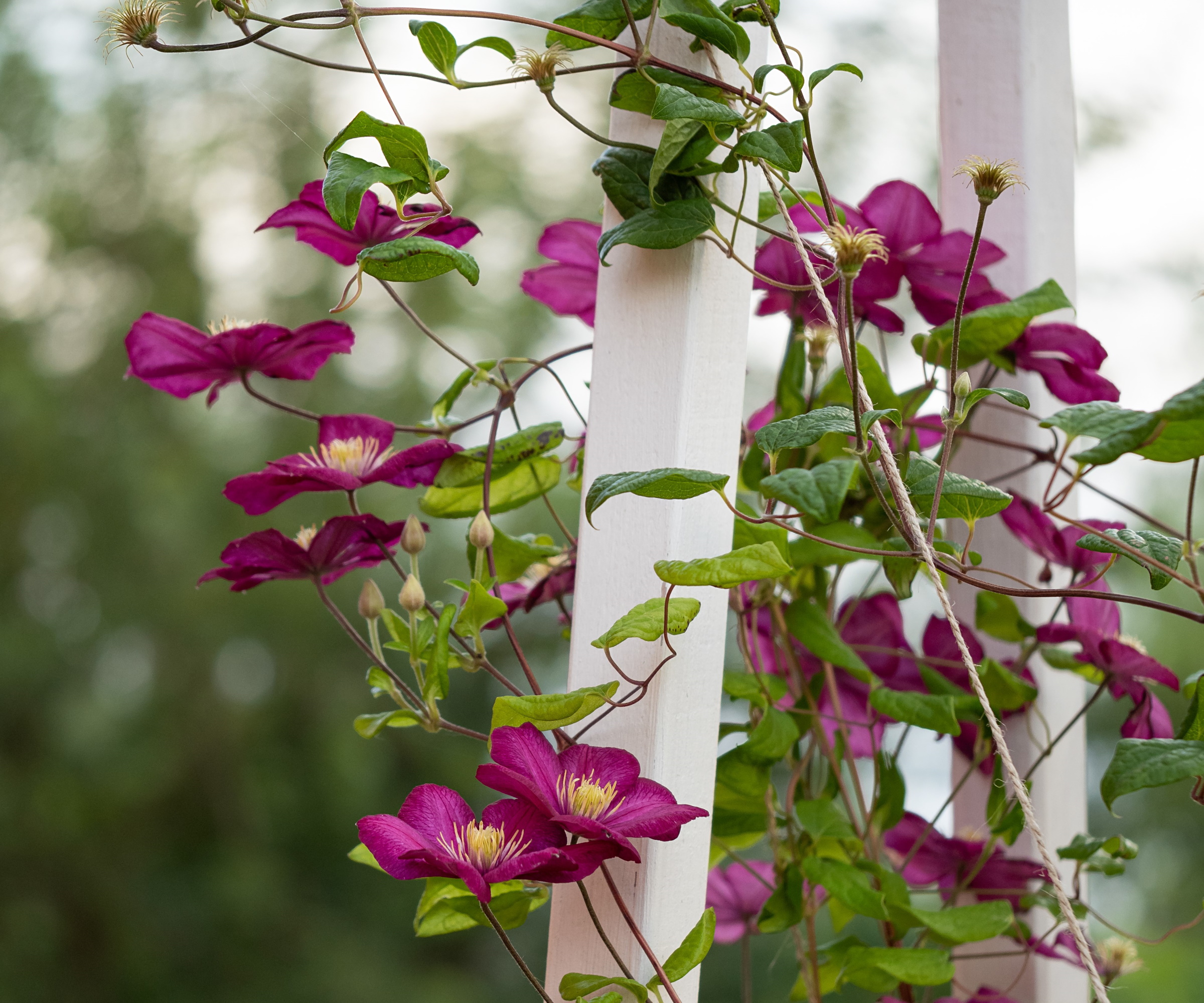
Learning how and when to fertilize clematis plants is essential for good growth and plenty of blooms. Whether you are growing the pink-flowering Clematis montana or the winter-flowering Clematis armandii, these climbers are hungry plants.
'I tend to mulch my clematis plants with a good quality compost early in the spring,' says Cindy Tibbetts, plant expert and owner of Hummingbird Farm Nurseries. 'Once your clematis plants are actively growing, during the spring and summer, I recommend feeding once a month.'
'The best product to use is a rose fertilizer,' Cindy adds. 'I use a granular fertilizer that also contains mycorrhizal fungi, but there are many different rose feed products that would do the job.' Miracle-Gro rose feed is available from Walmart.
'Whether you grow clematis in containers or borders, I would advise feeding the same way,' Cindy continues, 'although, with plants grown in pots, I would give them an occasional extra dose of liquid fertilizer, for a summer boost.'
This bloom booster flower food has been created to ensure that your plants can produce more blooms long into the growing season. Miracle-Gro gets to work instantly, and the results will soon be visible.
2. Canna lilies
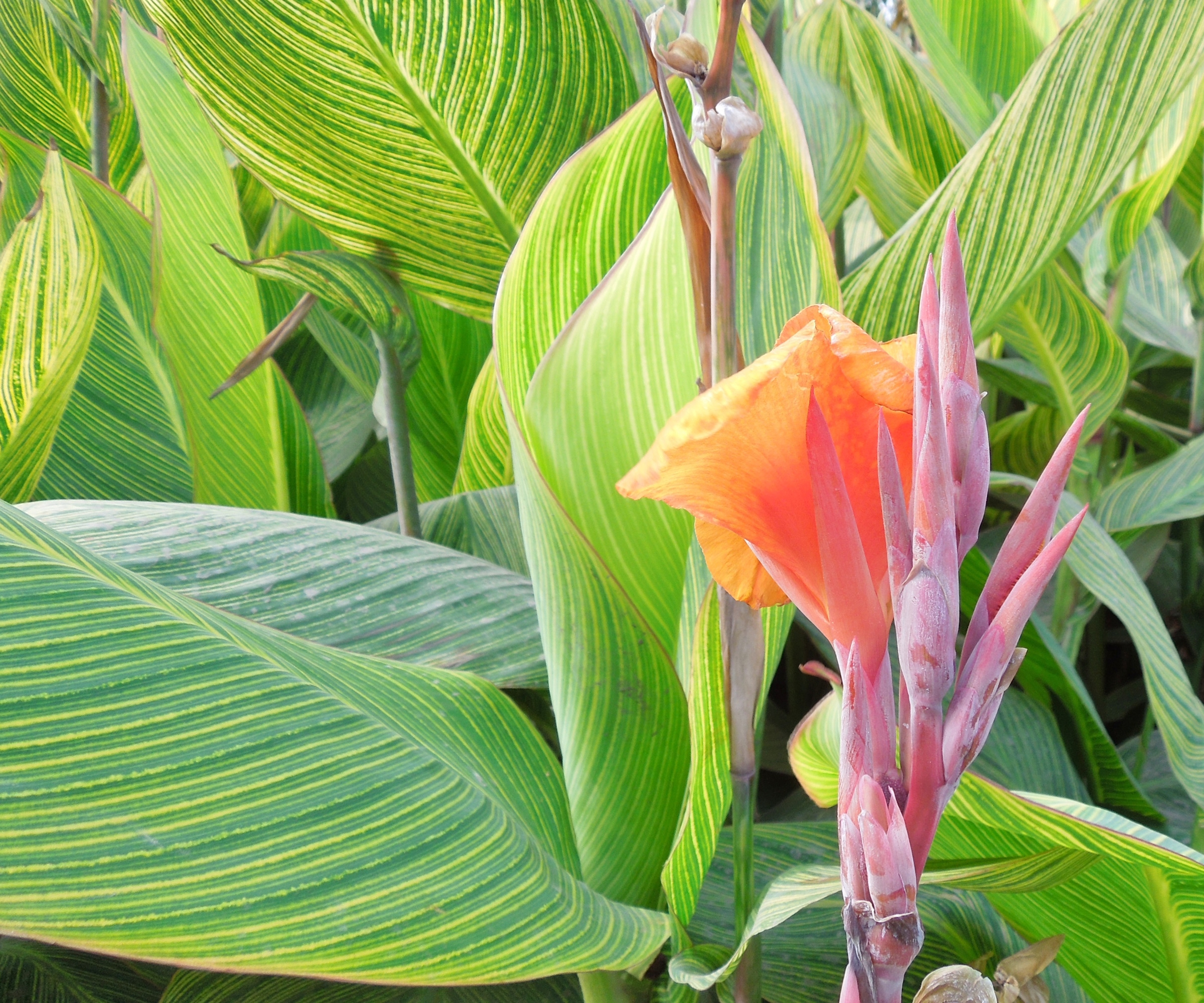
Tropical and vibrant, canna lilies are a colorful addition to any yard. Native to the equatorial regions of the Americas, canna lilies can be grown in borders or containers. These tender plants will not survive cooler winters, typically growing best in US hardiness zone 8 to US hardiness zone 10.
While you may know how to grow canna lilies, remembering to fertilize your plants during summer is important. When working as a gardener in London, we grew several large clumps of Canna × ehemanii, a pink-flowering variety that can reach up to 8 feet tall. Like all canna lilies, these greedy plants needed regular feeding through the growing season.
For plenty of lush new foliage and impactful flower spikes, I would recommend using a balanced organic fertilizer, available from Walmart.
3. Jasmine
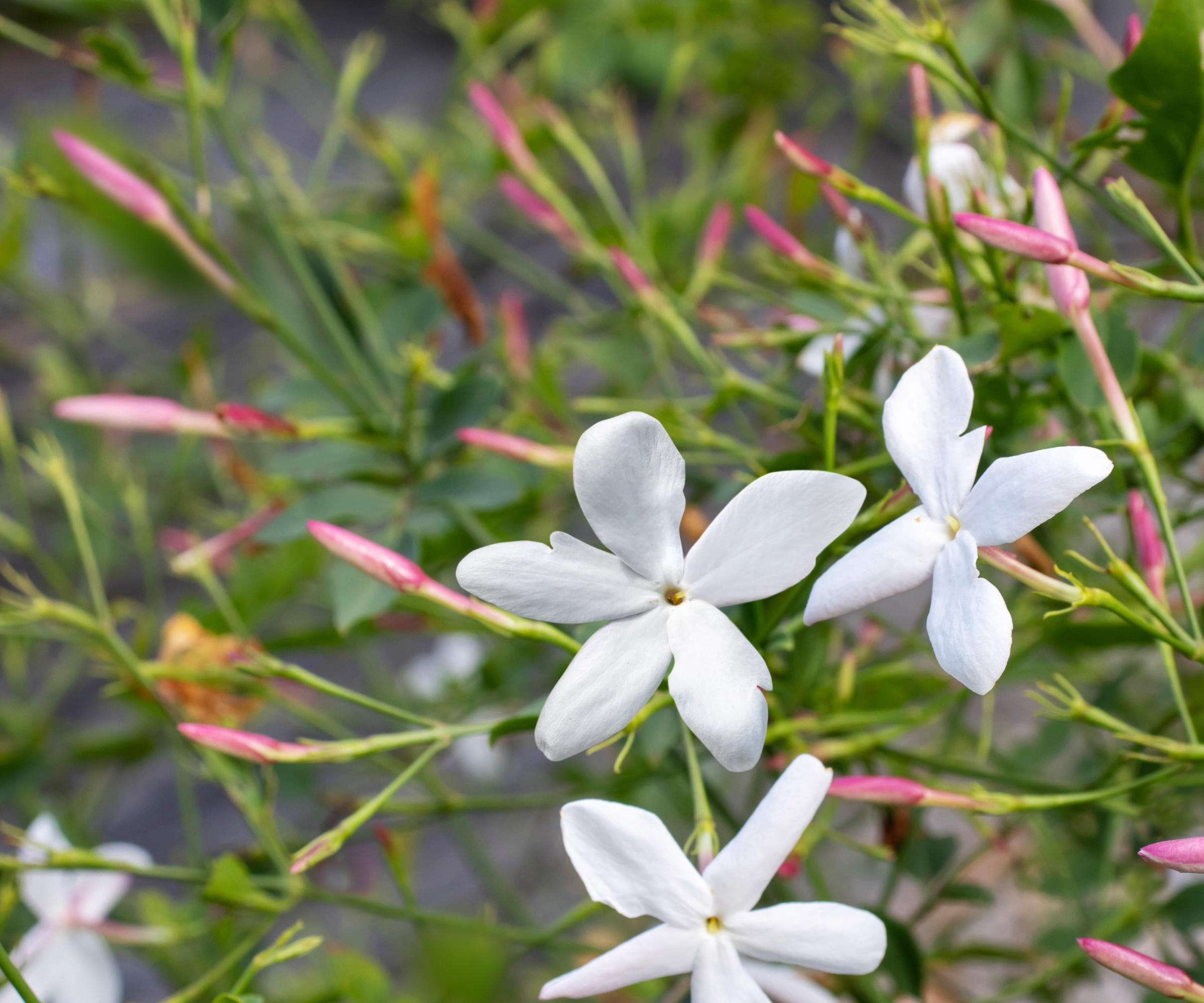
Learning when to fertilize jasmine is relatively simple, and with minimal effort, you can ensure that your fragrant climbers continue to produce masses of perfumed flowers.
'Jasmine can be fertilized in the spring and summer,' says plant expert Katie Sunderlage. 'I recommend a bloom booster fertilizer, making sure the phosphorus levels, or the middle number, is the higher figure of the plant fertilizer numbers.'
'Once the plant stops producing flowers in August or September, I would cease fertilizing,' Katie adds. Jasmine fertilizers are available from Amazon.
4. Citrus

Citrus trees are hungry plants, particularly when they are producing fruit in the summertime. Learning how and when to fertilize citrus trees is important, and will ensure that your lemon and avocado trees are in fine health and produce plenty of tasty fruits.
When working as a gardener in Tuscany, I fed our extensive citrus tree collection every two weeks during May, June, July and August. Towards the end of the growing season, I would reduce the amount of fertilizer applied.
I recommend using a fertilizer intended for citrus plants, providing all the nutrients needed for foliage, flower and fruit production. Citrus feed is available to buy online from Amazon.
This citrus feed is made up of immediate and slow-release granules, nourishing your prized lemon and orange trees quickly and for up to 3 months.
5. Star jasmine

Star jasmine is a versatile and reliable evergreen climber, providing interest across all four seasons. 'This tough vine is low-maintenance and easy to grow,' says Jen McDonald, garden expert and a co-founder of Garden Girls.
'Growing best in US hardiness zones 8, 9 and 10, 'this popular plant is a common sight across much of the southern states, growing vigorously here in Texas,' Jen adds.
While you might know how to grow star jasmine, 'feeding your plant during the growing season is a good idea,' Jen adds. Apply a balanced fertilizer once every 6 weeks during spring and summer, making sure to dilute the feed as necessary.
6. Ferns
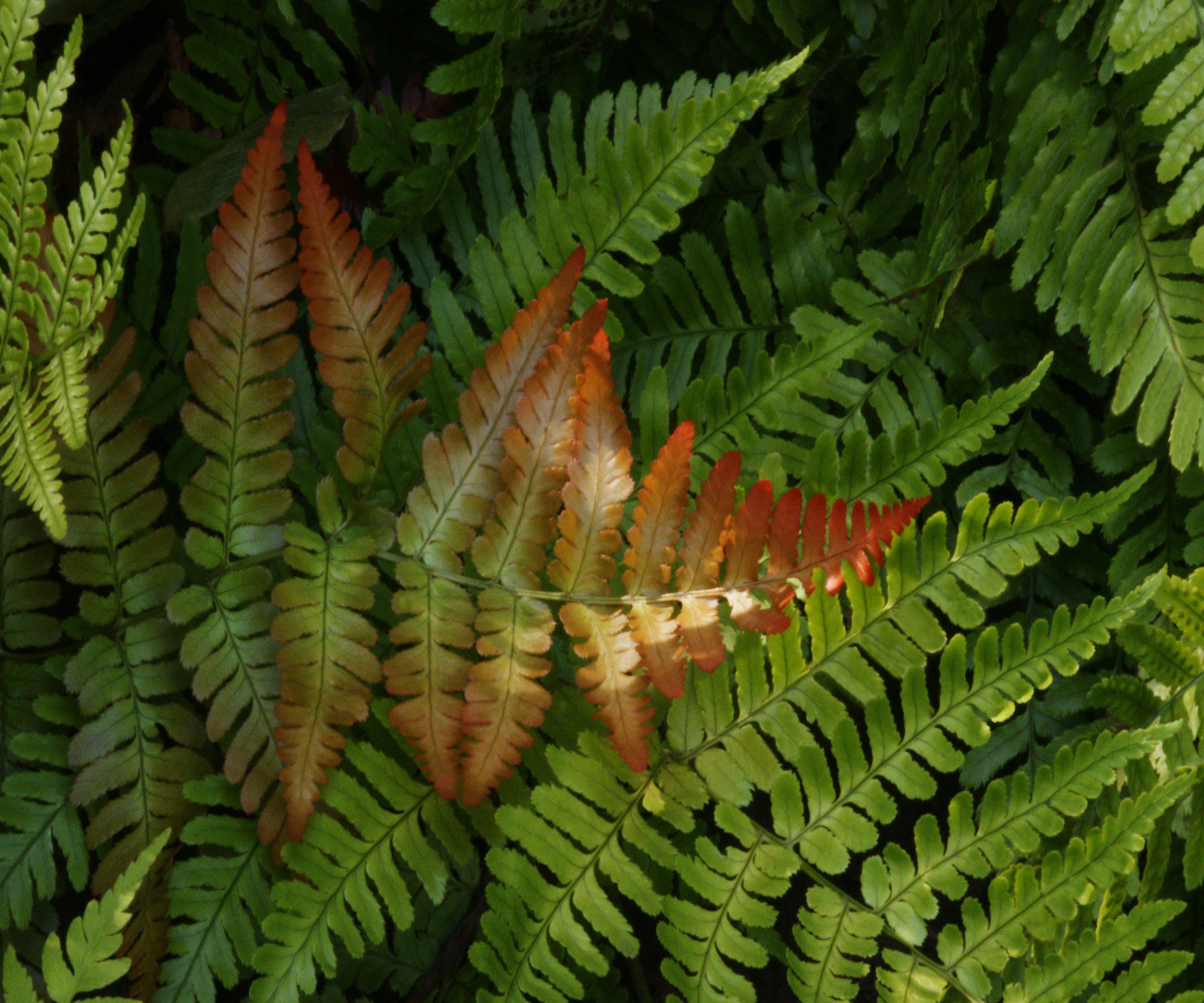
Ferns are quintessential shade plants. Whether you grow large tree ferns, Dicksonia Antarctica, or smaller hart's tongue ferns, Asplenium scolopendrium, feeding your plants during summer can help them to produce plenty of lush, new growth.
Learning how to grow ferns is relatively straightforward, and these Jurassic plants prefer a moist, shady spot in the yard, performing best when kept out of direct sunlight and away from dry soils.
As with other foliage plants, such as hardy bananas - Musa basjoo - fertilizing in July will encourage more green growth. I would recommend a light feed, as generally, ferns grow just fine without the need for excessive amounts of fertilizer.
Give your ferns and palms a boost with these fertilizer spikes, helpfully designed with all the nutrients they need to produce lush, green foliage.
7. Hydrangeas
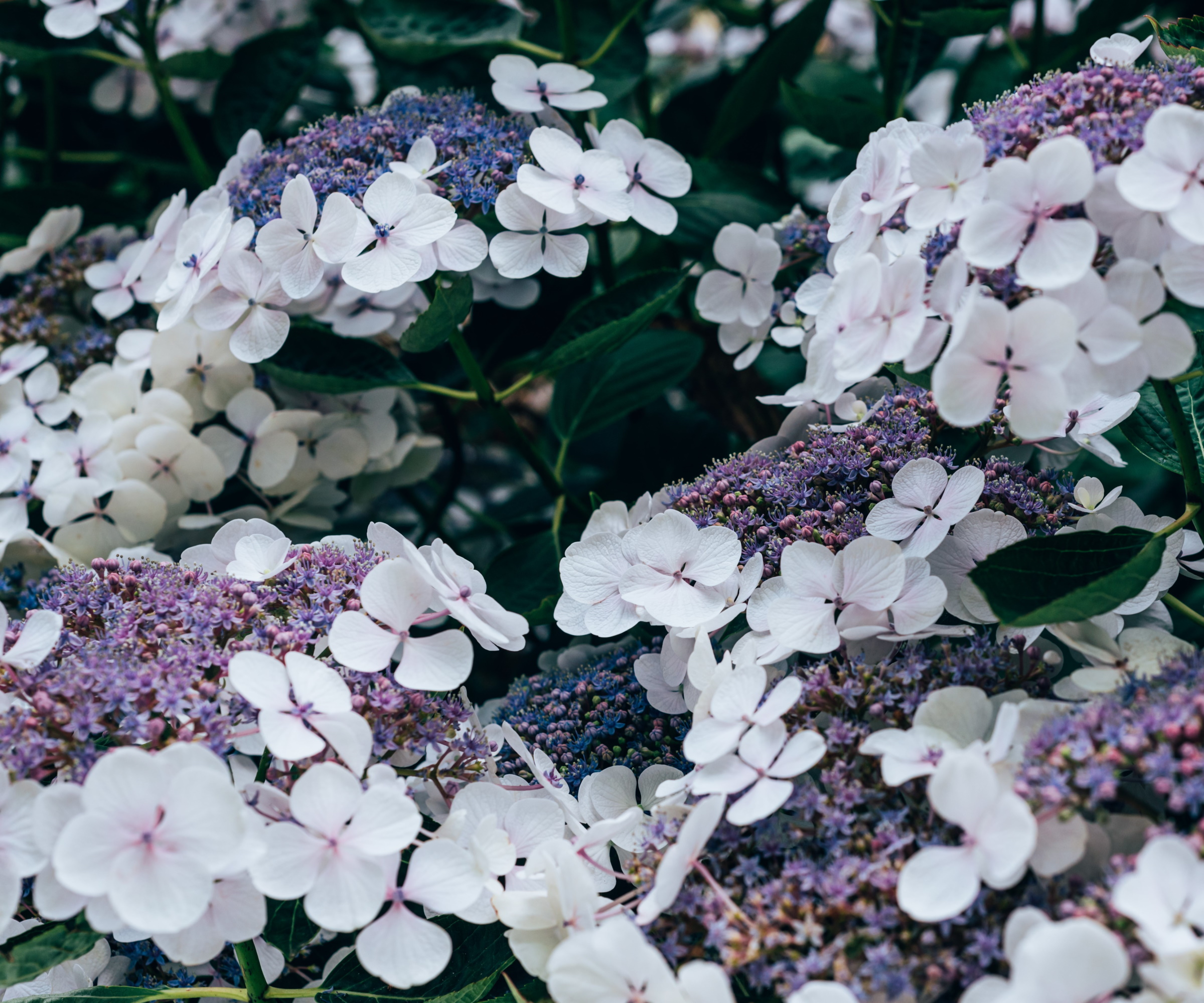
Hydrangeas are a staple of the summer border, celebrated for producing large blooms that last for the entirety of the growing season. One of my favorite hydrangea varieties to grow is Hydrangea macrophylla, otherwise known as lace-cap hydrangeas. Native to Japan, this species is slightly more refined than traditional hydrangeas, producing delicate, downward blooms.
Knowing when to fertilize hydrangeas can help prolong the summer flowering show, and ensure that your shrubs remain in the best health for years to come. From April, I would suggest feeding hydrangeas once a month up until the fall.
It is best to use a general-purpose plant feed, such as this slow-release fertilizer, available from Walmart. Avoid using fertilizers high in nitrogen as this will encourage foliage growth at the expense of bloom production.
FAQs
When is the best time of day to fertilize plants in July?
During the summer, I recommend fertilizing plants in the early morning or late evening, when the temperature is cool. Always follow directions on the packaging, and aim water and feed away from foliage towards the soil (unless using a foliar feed), which will help to prevent leaf scorch.
As temperatures rise, watering and feeding your plants is an important task this month, ensuring that your plants continue to thrive for the remainder of the summer months. For more gardening help and advice this month, see our guide on the plants to prune in July, to keep your yard healthy and looking good.







